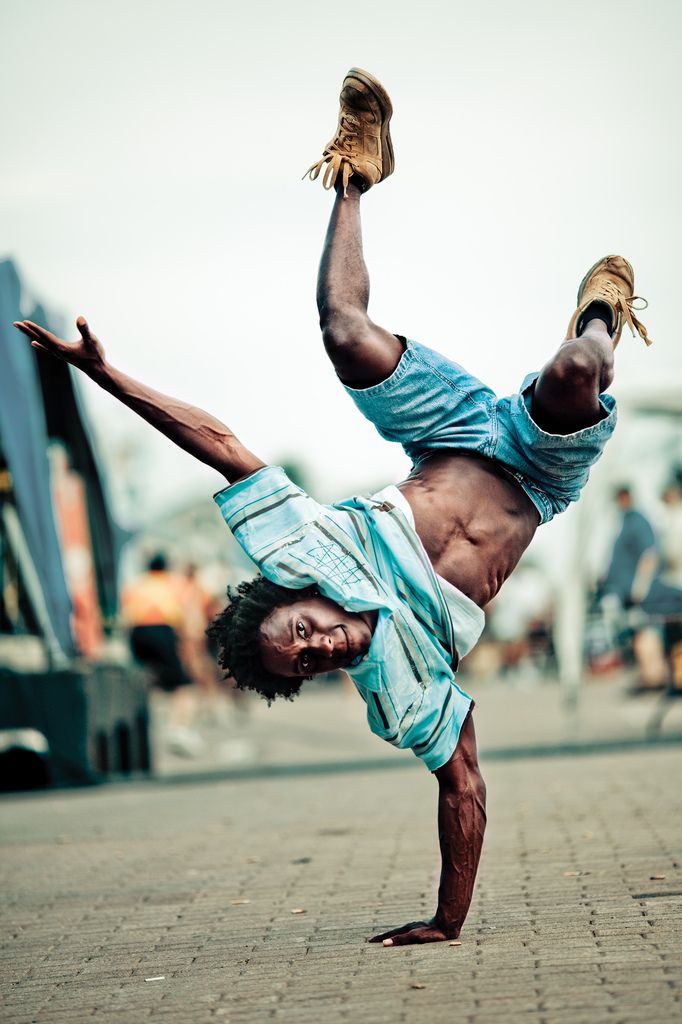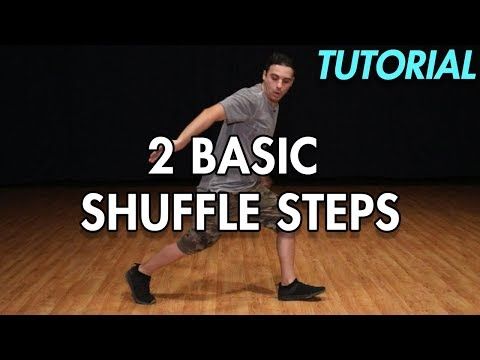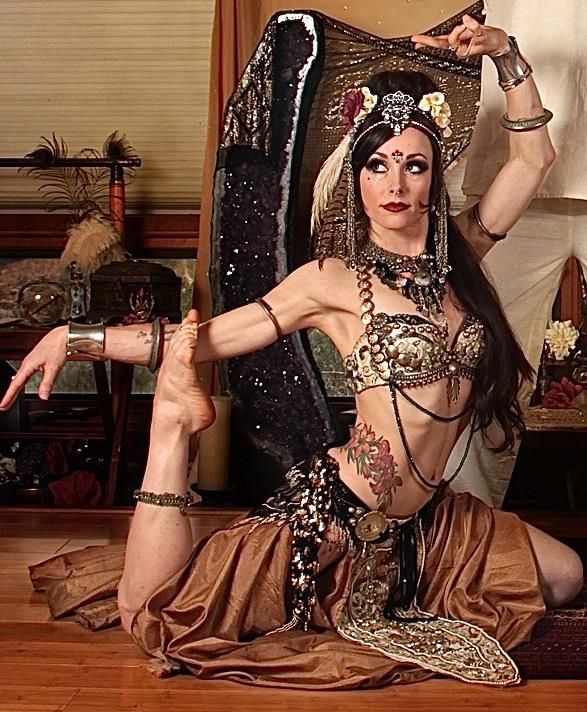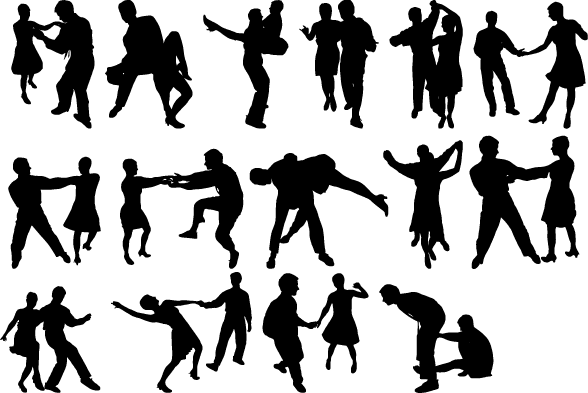How many calories does salsa dancing burn
How many calories do you burn dancing? Calories by type
Dancing is a whole body workout. As well as being a fun, energetic way to lose weight, dance classes can also improve our coordination, stress levels and even reduce the risk of heart disease. In this article, we investigate the average number of calories that different styles of dance burn to help you discover which types of dance are best for weight loss.
Contemporary Dance Calories
Contemporary dance may seem like a dance style that’s filled with slow-paced movements which don’t really give you much of a workout. But in fact contemporary dance can actually burn more calories than running! A study conducted by a group of scientists from the University of Brighton found that a 30 minute session of contemporary dance burns a whopping 534 calories, whereas 30 minutes of running burns just 528.
Ballet Calories
Ballerinas are renowned for their slim, dainty physiques… but are they just born like that? Or can ballet actually work you up a sweat? Well, according to the study mentioned above, just half an hour of ballet dancing burns an average of 462 calories. That’s 72 more calories than half an hour of cycling.
Salsa Calories Burned
Salsa is well-known for being fast paced. It’s high intensity, quick movements can really get your heart racing, with the dance style’s ability to burn approximately 200 calories in just 30 minutes. With the dancer’s sustained posture and incorporation of a variety of hip movements in many routines, the Salsa is a fantastic way to workout while having fun.
Tap Calories
Tap dancing mainly involves using the legs and ankles to perform steps. However, as tap dancers are aware, this style often involves the whole body and can be extremely strenuous when performed at a fast pace. The calories burned through tap dancing can vary, however it is possible to burn 350 calories in just half an hour of tap.
Zumba Calories
Zumba is a style of dance that was created with exercise and fitness in mind. Many of the moves in this style of dance are inspired by those from other genres, such as Salsa, Samba and Hip Hop.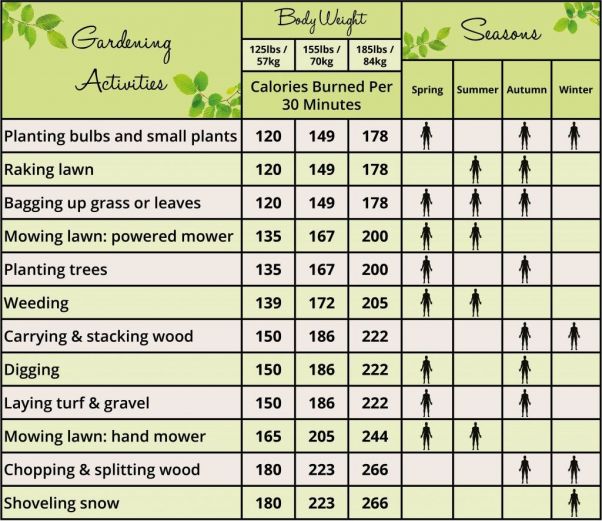 Zumba is a great way to get fit, with a recent study finding that the average healthy woman can burn up to 9.5 calories per minute, totalling an impressive 285 calories in a half an hour Zumba class.
Zumba is a great way to get fit, with a recent study finding that the average healthy woman can burn up to 9.5 calories per minute, totalling an impressive 285 calories in a half an hour Zumba class.
Street Dance Calories
This energetic style is often very high impact and relies on the dancer’s strength, speed, coordination and balance. Street dance requires a lot of energy, and can help you to burn a whopping 606 calories in just half an hour. This style of dance is known for having no rules, resulting in a variety of muscle groups being used as street dancing is performed. Many street dance techniques engage the core, with moves such as the ‘freeze’ which involves holding the body still in a balance-intensive position.
Cha-cha-cha Calories
The name of this song is an onomatopoeia of the sound the dancer’s feet make when shuffling. But it’s not just the feet that are used in this dance. The movements in the cha-cha-cha also involve maintaining control of the legs, arms, hips and more, making it an ideal whole body workout.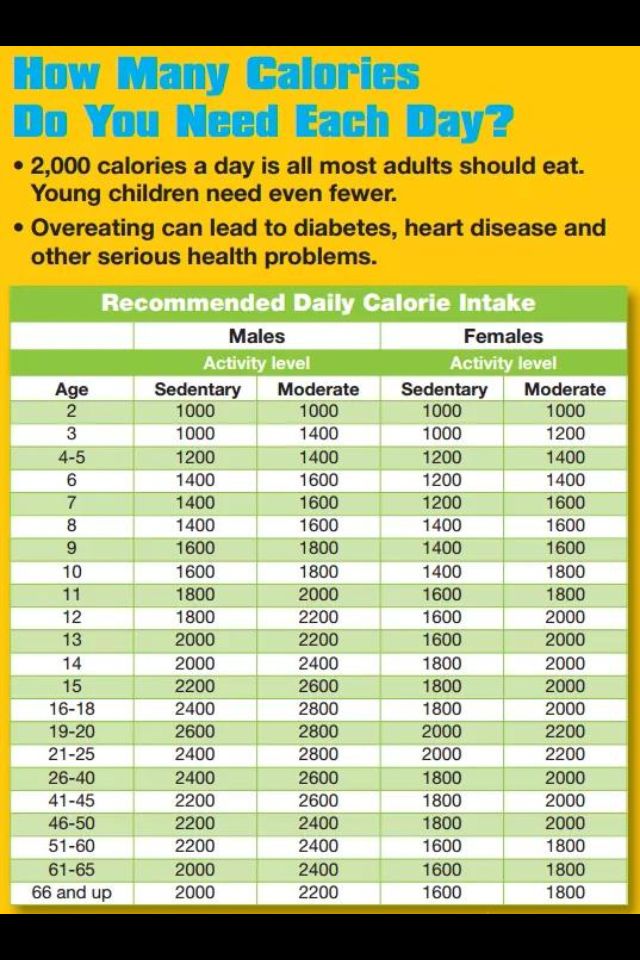 Dancing the cha-cha-cha for 30 minutes can burn a good 200 calories.
Dancing the cha-cha-cha for 30 minutes can burn a good 200 calories.
Hip Hop Calories
Hip Hop requires your body to be moving continuously, making it one of the most effective types of dance for weight loss and calorie burn. It turns out that all the ‘breaking’, ‘popping’ and ‘locking’ found in Hip Hop moves can really raise your heart rate and even help you to burn around 490 calories in just 30 minutes.
Samba Calories
Samba is a very lively style of dance, in which the performer bobs up and down using their knees throughout the dance routine. As well as using the knees, this style also focuses on the use of the waist and hips, which can help to tone up your midsection. Samba involves a variety of rather strenuous movements and can help you to burn around 250 calories in half an hour of dancing.
Swing Calories
With Swing’s origins coming from Jazz music, it’s easy to presume that this style of dance is rather laid back and relaxing.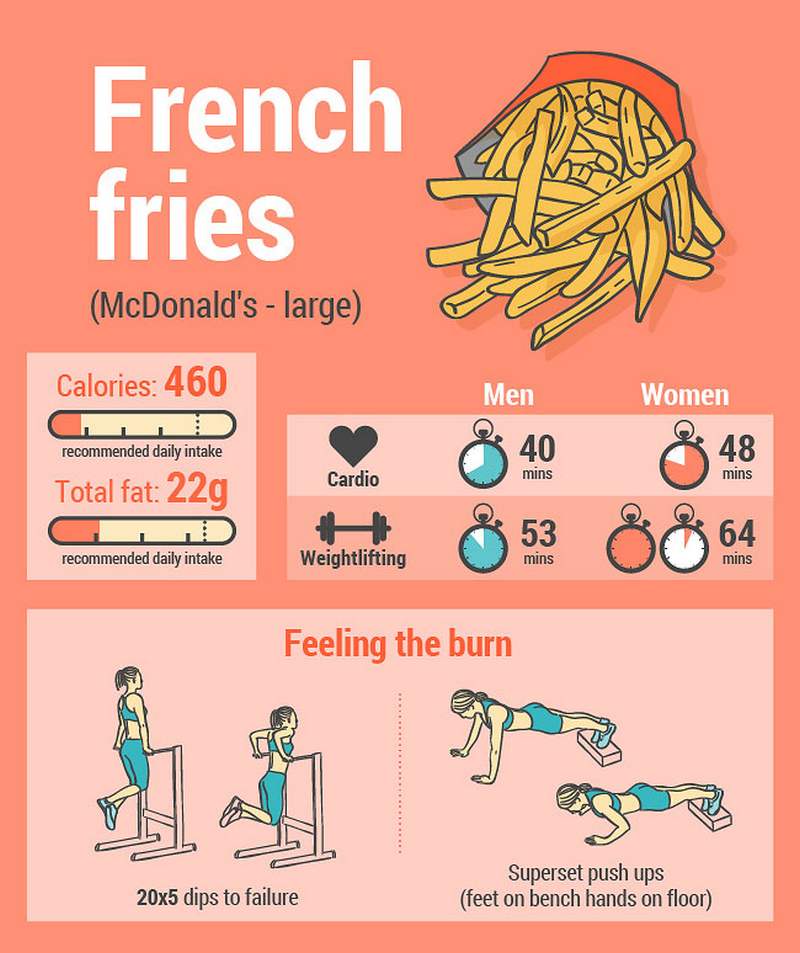 However, swing actually requires very fast footwork, alongside the dancer’s ability to hurl their own (and often their partner’s) bodyweight around, making it one of the most strenuous dance genres in existence. Performing just 30 minutes of Swing dancing has been shown to burn 586 calories!
However, swing actually requires very fast footwork, alongside the dancer’s ability to hurl their own (and often their partner’s) bodyweight around, making it one of the most strenuous dance genres in existence. Performing just 30 minutes of Swing dancing has been shown to burn 586 calories!
Waltz Calories
The famous Waltz does not burn as many calories as other types of dances do, however it will help to tone up your muscles and improve your posture. Half an hour of dancing the Waltz is said to burn around 108 calories, which is roughly the same number of calories as there are in a standard bag of Quavers – not too bad ey!
We hope this article has been useful in shedding some light on the number of calories that can be burned by doing different styles of dance. It’s important to bear in mind that the calories discussed in this article are all averages – different people burn different amounts of calories depending on factors such as their weight, muscle mass and effort level.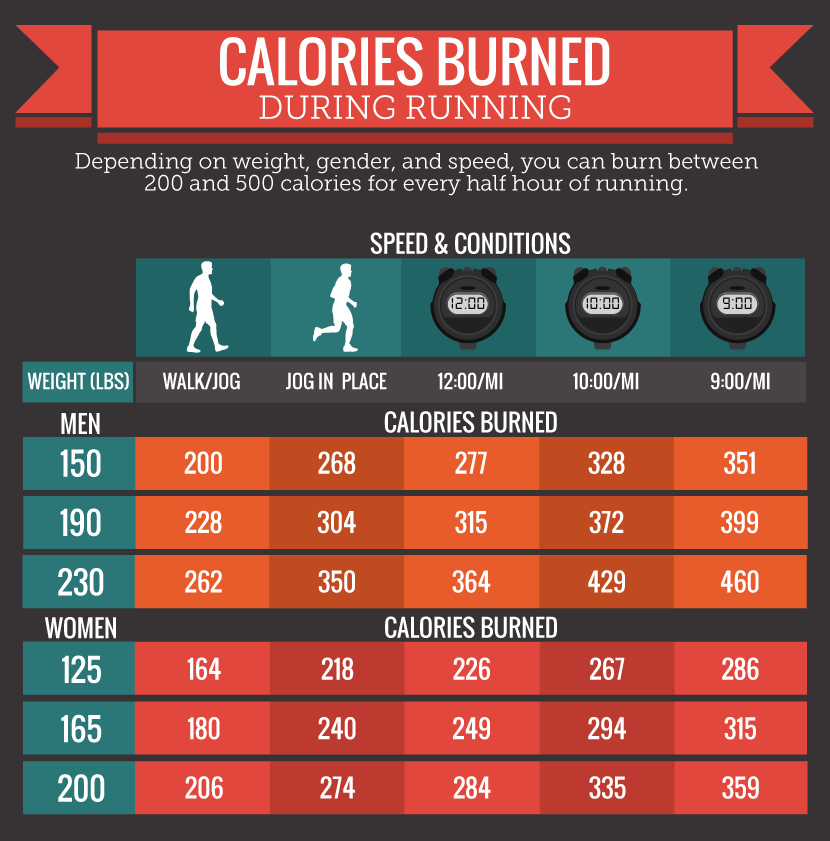
Why Salsa Dancing is the Greatest Fat-Burning Exercise EVER!!!
I hate cardio!
Seriously! I can think of nothing worse than spending 30 minutes or more jogging or doing lengths in a swimming pool. The monotony is mind-numbing. In fact, the only time I ever mildly enjoy jogging is when the weather’s good and I can enjoy the sun on my skin and the view of the mountains from my route… but I live in Ireland where “good weather” is one of those legends we hear of as children but only really get to experience a handful of days out of the year… stupid North Atlantic weather.
Don’t even get me started on treadmills. How anyone can spend more than 5 minutes running in the same place, breathing the same stale air and looking at the same gym scenery is utterly beyond me. People who can spend 30 minutes on a treadmill have truly mastered the art of mentally shutting down and zoning-out. Maybe they’ve learned to meditate while jogging. Or maybe they’re just dead inside!
So why bother?
Well, the cold hard truth is that people do cardio because no one want’s to be fat. Extended periods of moderate intensity exercise (read “cardio”) such as jogging, swimming, biking etc. are good ways to burn body fat. All of these are classified as “aerobic” exercises which means they use oxygen to produce energy. Your bodies preferential fuel source for aerobic exercise is fat as opposed to to anaerobic exercises (such as sprinting or heavy weight lifting) which use carbohydrates as their energy source.
Extended periods of moderate intensity exercise (read “cardio”) such as jogging, swimming, biking etc. are good ways to burn body fat. All of these are classified as “aerobic” exercises which means they use oxygen to produce energy. Your bodies preferential fuel source for aerobic exercise is fat as opposed to to anaerobic exercises (such as sprinting or heavy weight lifting) which use carbohydrates as their energy source.
I’m certainly not saying aerobic exercise is better than anaerobic (my own training routine would contradict that), I’m just saying that aerobic exercise has a role to play in getting us ready for beach season.
Bikini season is coming… I’ve completely lost my train of thought!
So what’s wrong with cardio?
Simple answer: IT’S BORING!!!
I actually have to psyche myself up to go for a jog and I know I’m not the only one. As soon as I step on the pavement, all I can think of is “when is this going to be over”.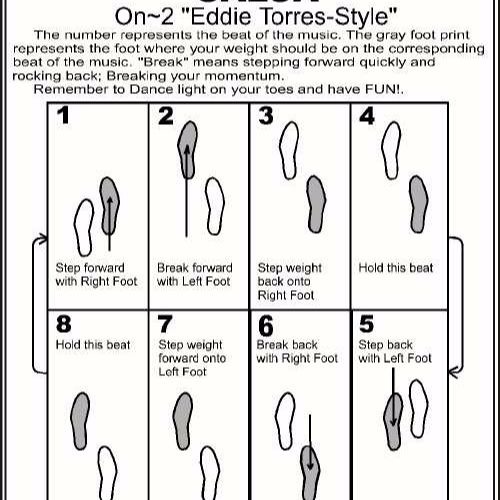 I feel the same way swimming laps in a pool. I’m just counting down the minutes until I can stop. That’s not a good way to encourage physical activity.
I feel the same way swimming laps in a pool. I’m just counting down the minutes until I can stop. That’s not a good way to encourage physical activity.
Geeky answer: It produces cortisol
Cortisol is a hormone that your body produces in times of stress. Stress can be induced by lots of factors (as we all know) but one of them is exercise, particularly sustained moderate/high intensity cardio.
Now, cortisol is not all bad, it actually induces the beneficial effects of exercise through its catabolic (break down) effects. Basically it signals your body that it needs to get stronger by breaking down tissue. However if cortisol levels remain high your body gets stuck in a catabolic state and can’t get into the anabolic (build up) state that it needs to improve conditioning. Basically your body is stuck breaking down muscle tissue as opposed to building it up. This can result in a whole host of problems such as reduced muscle tone, higher susceptibility to infection, poor sleep and increased abdominal fat (everyone’s favorite type of fat 😉 ).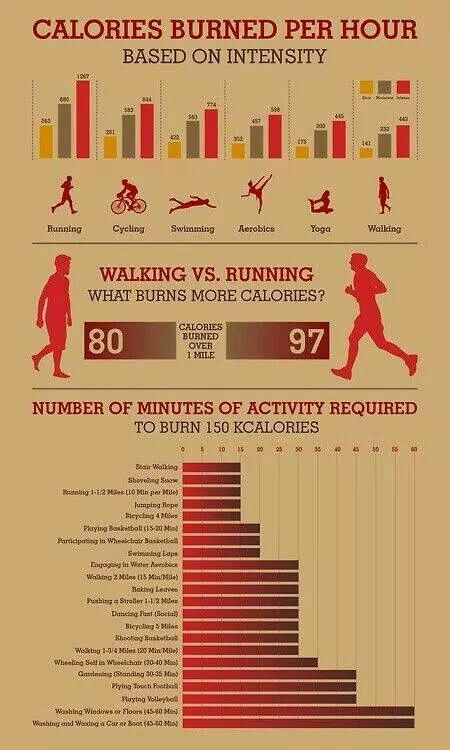
Excessive cardio (e.g. long distance running) can often result in the body type seen on the right. Probably not the look most people are going for.
This is a perfect example of too much of a good thing. Excessive moderate/high intensity cardio makes you produce too much cortisol.
Do what you love
The best way to exercise, in my opinion, is to do something you love.
When you enjoy something, you stick with it and when it comes to getting the benefits of exercise, consistency is key.
That’s why it’s better to do something that you enjoy doing for the sake of doing it, rather than just to get exercise. Be it soccer, tennis, basketball or no-holds-barred hopscotch, finding an activity you enjoy is important.
In my final year in Japan I had no trouble maintaining low body fat because I was surfing regularly (I lived next to the sea and had my own car to take my board around). I didn’t go surfing because I wanted to get exercise, I went because I loved catching waves (even though I sucked).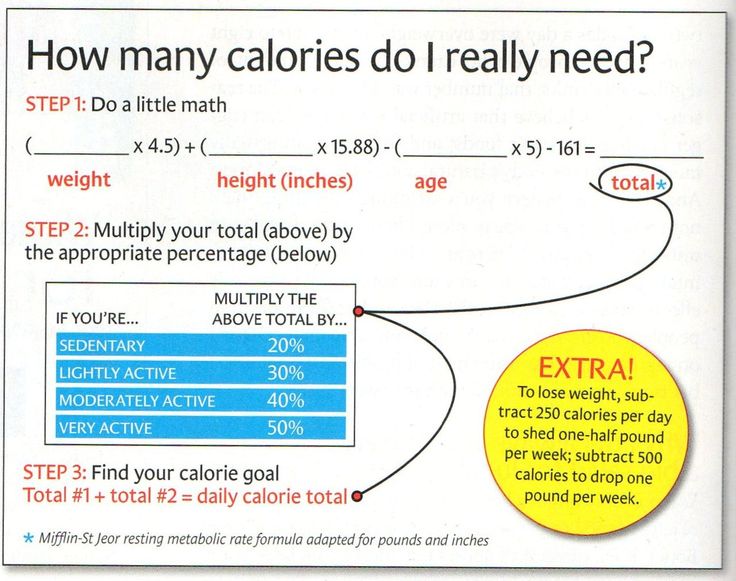 I did it regularly and it kept me lean.
I did it regularly and it kept me lean.
Another advantage of doing an activity that you love is that it helps to combat stress which actively reduces cortisol and helps to prevent its negative effects.
Salsa Caliente
I have noticed that I have no trouble staying lean if I’m social dancing around 3 nights a week.
When I lived in Dublin a few years ago, I took a month off form social dancing while I was doing a CELTA course (there was hefty workload in the evenings). Apart from the lack of dancing, my diet and my weight training (which I did in the mornings) didn’t change. I did, however, notice that I was gaining weight. Once I started dancing again, the weight just melted off.
Now, salsa dancing isn’t overly intense. Have a look at the “estimated” calories burned (for someone weighing 70kg) for 30 minutes of the following activities*:
- Salsa: 214 cals**
- Biking: 245 cals
- Jogging: 210 cals
- Swimming: 315 cals
- Vigorous Sex: 120 cals (I think they might be doing it wrong)
*Source: http://www.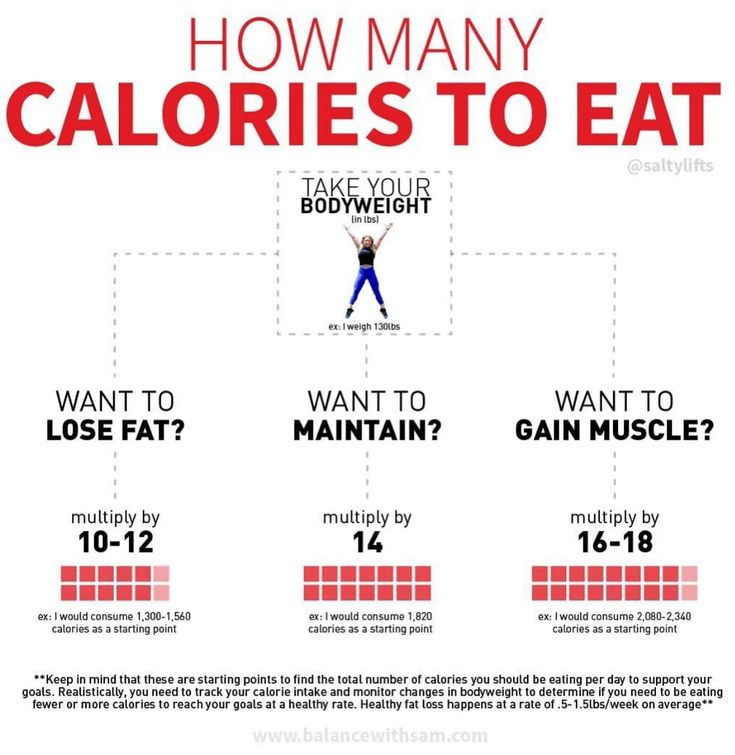 calorielab.com
calorielab.com
**Source: SalsaPhD
Now, except for the value for Salsa dancing, I’m very skeptical about the veracity of the remaining values (especially the last one) but lets assume they’re relatively accurate.
Over 30 minutes, salsa appears to have a caloric expenditure similar to biking and jogging. Fair enough, that seems about right. However, I’ve never known someone to go social dancing for just 30 minutes.
The great thing about salsa is that it’s so addictive. When I go social dancing, I can be out dancing for one, two, three or more hours. And I’m enjoying every second of it (as opposed to jogging where I’m just wishing for it to end). So when you look at it like that, dancing for two (very enjoyable) hours could burn ~860 calories as opposed to 210 calories from a torturous half hour of jogging (the value for salsa will obviously be lower due to breaks taken on a night out dancing).
Anyone who has had a good night of salsa dancing also knows how out of breath and sweaty one gets by the end of the night.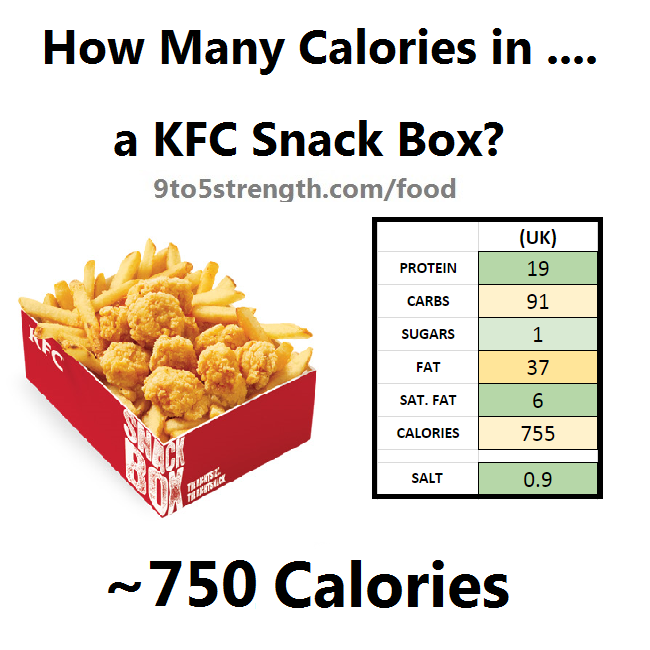
Out of Breath and Sweaty?
Sounds like cardio to me. And that’s just what it is. A night of salsa dancing is an extended period of moderate intensity aerobic exercise.
Salsa is one of the best low intensity exercises you can do.
It beats the hell out of jogging as it’s a hell of a lot more fun, it’s easier on the joints, it helps to reduce stress (and associated cortisol levels) and it’s a social activity you can enjoy with friends. You can check out a whole load of other reasons to dance salsa here. Think about it though: Which would you prefer, a half hour of running or 2 hours of salsa dancing?
Why a salsa class won’t help you
Now, after saying all that, if you think going to an hour-long salsa class three times a week is going to give you abs you could grate carrots on, you are sadly mistaken.
Most salsa classes are focused on teaching you new techniques and thus the intensity is far too low. In all honesty, how many times have you been sweaty and out of breath after a salsa class?
The only exception would be Zumba but that’s more aerobics than dancing (no disrespect to zumba, I’m just calling it like I see it).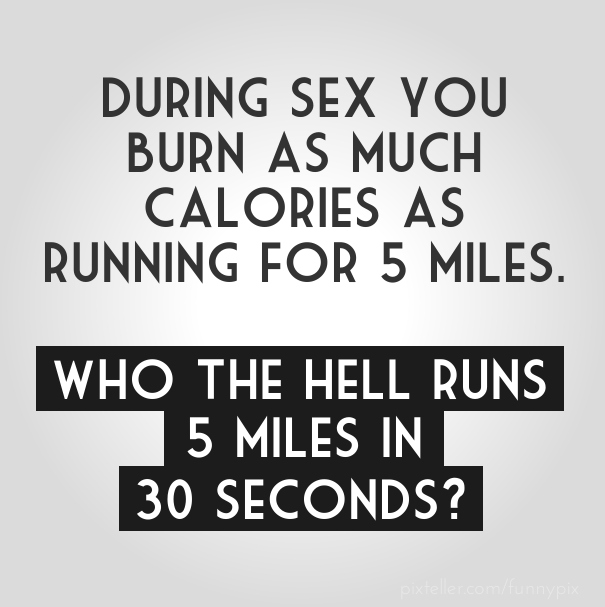
A few hours of hot and sweaty social dancing, two or three times a week is really one of the best “no will power needed” fat-burning routines you could ever try.
You enjoy it = You do it regularly = You get results
The Secret Ingredient
Let’s not forget the most important factor when it comes to dropping body fat:
“Abs are made in the kitchen”
You can do all the exercise you want but if you’re not eating well, the only time you’re going to see abs is watching Ryan Reynolds movies (damn that guy looks good).
I hate Ryan Reynolds for looking so good!
Don’t let your good efforts on the dance floor go to waste, make an effort with your food and you’ll be able to put Mr. Reynolds to shame. If you need some tips on tweaking your diet you can check out these articles here and here.
So get up and shake that booty
I don’t have the option to go dancing right now (here in the middle of the mountains) so I have to settle for jogging as my regular cardio (and it is a very distant runner up to salsa). So to those of you who can, get up, get moving and a dance a few songs for me.
So to those of you who can, get up, get moving and a dance a few songs for me.
Keep dancing folks.
EDIT: After I initially published this article I was contacted by Pablo Alberto Domene, a PhD student at Kingston University who is studying the the physical and psychological benefits of Latin dance. He very kindly corrected the caloric expenditure values I had originally used for salsa (which were too low) based on his own research. You can read up on Pablo’s work on his excellent blog: SalsaPhD
Thanks for your help Pablo and I wish you continued success in your studies.
**********************************************************************
Have you been working-out lately? Because you look spectacular 🙂 If you liked this article go ahead and share it with your friends via the Facebook or Twitter buttons below and if you use Stumbleupon please give it a “Thumbs Up”. I’d really appreciate it 😉
Like this:
Like Loading. ..
..
Tags: Diet, Fat Burning, Physical exercise
How many calories does dancing burn / HB
October 8, 2018, 19:37
Dancing is not only about the state of mind and self-expression through movement. It's also about getting rid of extra centimeters at the waist
It would seem, how many calories can be burned in an hour of "it's not clear what"? Some people don't even consider it a big deal. And really, what can be the load? You just move around the hall to the music, and what this gives is not entirely clear.
Video of the day
Dancing is actually a good cardio workout. Depending on your physical form and well-being, you can choose something really light, or you can load yourself so that it will be difficult to walk later, and you will learn a lot about your body, its capabilities and “new” muscles that were practically never there before. involved in the work.
So how many calories does dancing burn?
How it works
Body weight plays a big role in calories burned. This applies not only to dancing, but also to any physical activity. The heavier you are, the more you will spend compared to a lighter counterpart. According to the Harvard Medical School, at a weight of about 60 kg, dancing at a moderate pace, you will burn about 5.5 kcal per minute. This means that in an hour you will lose 330 kcal. A person weighing 70 kg will burn 7 kcal per minute or 420 kcal per hour.
This applies not only to dancing, but also to any physical activity. The heavier you are, the more you will spend compared to a lighter counterpart. According to the Harvard Medical School, at a weight of about 60 kg, dancing at a moderate pace, you will burn about 5.5 kcal per minute. This means that in an hour you will lose 330 kcal. A person weighing 70 kg will burn 7 kcal per minute or 420 kcal per hour.
In order to lose weight by dancing, it is advisable to contact a nutritionist who will perform the necessary calculations and create a suitable menu, taking into account all needs. You can do it yourself, the main thing is to follow all the instructions and not retreat. In addition, it is worth remembering that often classes are added to dance classes in stretching or yoga for flexibility and some kind of functional training (TRX, functional training, tabata) to develop speed and endurance. And that's a lot more calories.
“Calorie content” by dance styles.
Now let's figure out how many calories you can burn in an hour doing different types of dance.
- Ballet, jazz, modern dance - 380-450 kcal depending on the intensity.
- Aerobics - 374 kcal.
- Flamenco, belly dance - 238 kcal.
- Salsa - 405 kcal.
- Ballroom dancing - 250 (slow) to 320 (fast) kcal depending on speed and intensity.
- Tango - 389kcal.
- Waltz - 136 kcal.
As a result, you get a beautiful and toned body without distortions in any direction - slender legs, graceful arms, straight back, regal posture. Oh yes! We completely forgot about discos, milongas and salsatecs - now it will always be possible to say that you did not go for a walk with your friends, but are actively burning calories.
Text published with permission of the author
Original
0006 Opinions of the new time
Blogs
hereTags: Dancing weight loss Irina Baranskaya
How much calories are burned for dancing
how to dance and get rid of the way to lose weight and get rid of the way cellulite
loading…
Do you think you can lose weight only if you deprive yourself of delicious food and regularly torture your body in the gym? You are wrong - you can lose weight with pleasure! For example, dancing.
Dancing is one of the most affordable and enjoyable ways to keep yourself in great shape. Dancing classes allow not only to get rid of fat folds and tighten muscles. Rhythmic movements improve flexibility and coordination of movements, strengthen immunity, speed up metabolism, promote the breakdown of fat and get rid of cellulite. During dance, the body produces the hormone of happiness - endorphin. So a charge of vivacity and positive is guaranteed!
It remains to find out: how many calories does dancing burn and how does dancing save cellulite? We will talk about this further.
Dancing for weight loss: how many calories can you burn in a workout?
Psychologists consider dancing one of the best methods for weight loss!
Everything is simple here: more activity - more calories burned, a bonus - a lot of positive emotions. A positive attitude in the process of weight loss is very important.
A positive attitude in the process of weight loss is very important.
And so, our selection of the 10 most popular dance styles: 1)
Ballet - 700-750 kcal / hour For training, performing classical steps, you can burn about 750 kcal. And in order to look graceful, the trainer will also recommend reducing daily calories to a minimum.
2) Hip-Hop - up to 750 kcal/hour The main elements and techniques of this style are: body swing, jumps, falls, spins and light acrobatic movements.
3) Reggaeton - up to 700 kcal/hour Sharp movements involve all muscles, high-quality cardio load strengthens the heart muscle and “accelerates” the blood. During the dance, the legs, hips and buttocks are strengthened, giving the forms a piquant roundness;
4) Modern Jazz - up to 650 kcal/hour This "mixture" of elements of classical ballet, ballroom dancing, tap, break and other styles is attractive because it heavily loads almost all muscle groups, and this is extremely important in the process of losing weight;
5) Zumba - 525 kcal/hour Zumba is a dance fitness program that combines fitness exercises and movements from Latin American dances.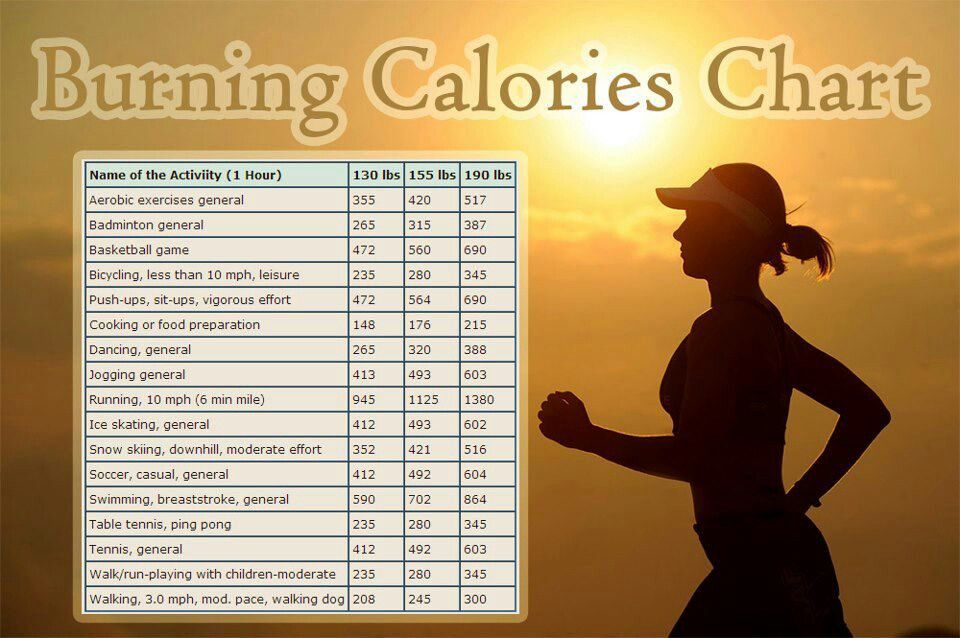
6) Pole dance (plastic strip) 500 kcal/hour Combines cardio load, stretching exercises and strength training at the same time. Almost all muscle groups are involved. The main load falls on the legs, stomach, back and buttocks.
7) Twerk - 500 kcal/hour Twerk is a very erotic dance whose roots can be found in American southern rap. The dance actively works out the legs and hips, and also increases the density of the tissues of the pelvic bone, which helps to avoid osteoporosis.
Latina - 450-500 kcal/hour Latina is the common name for many Latin American dance styles, such as mamba, bachata, jive, rumba, cha-cha-cha and others. All of them are united by the fact that the dance is based on energetic movements that actively help fight excess weight.
9) Belly dance or oriental dances – 300-400 kcal/hour Perhaps this is the most feminine dance of all possible fitness areas and, at the same time, the most uncomplicated in terms of choreography.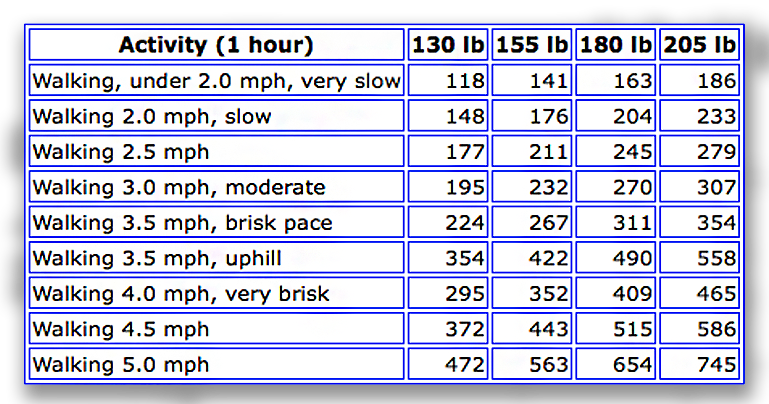 It is difficult to overestimate the benefits of oriental dances, especially for women: while doing belly dancing, you actively shake your hips, as a result of which blood circulation increases in the pelvic organs. This helps to restore the functioning of the ovaries, and also has a beneficial effect on the uterine mucosa. With the help of oriental dance, spasms during the menstrual cycle are reduced.
It is difficult to overestimate the benefits of oriental dances, especially for women: while doing belly dancing, you actively shake your hips, as a result of which blood circulation increases in the pelvic organs. This helps to restore the functioning of the ovaries, and also has a beneficial effect on the uterine mucosa. With the help of oriental dance, spasms during the menstrual cycle are reduced.
10) Contemporary - up to 400 kcal/hour Contempo is a dance direction, consisting of many different techniques and styles. It is based on classical dance, modern and oriental techniques - qigong, yoga, taijiquan.
As you can see, dancing is a great helper in the process of losing weight.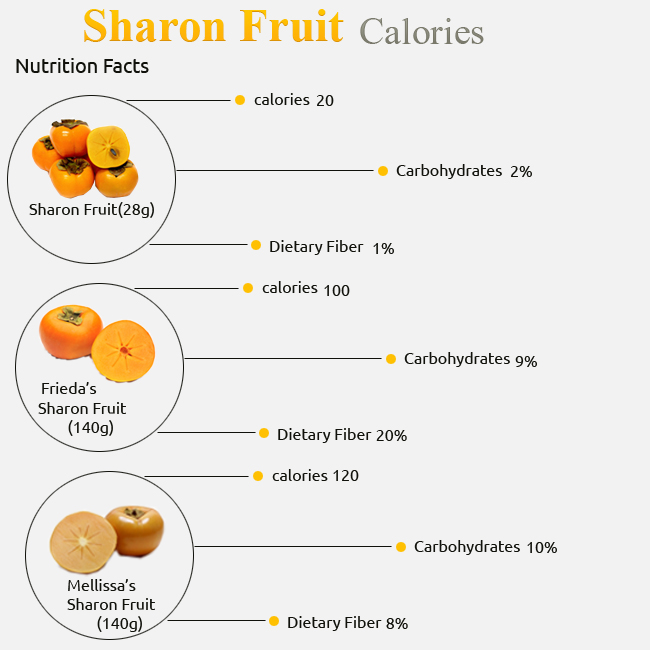 The main thing to remember is that it is important not only to reduce, but also to keep weight. An important factor that helps not to gain extra pounds is a fast metabolism, which can only be achieved with the help of a power load. Dancing is first and foremost a cardio workout. Therefore, do not forget to add strength exercises to them 2-3 times a week to achieve a really high-quality result!
The main thing to remember is that it is important not only to reduce, but also to keep weight. An important factor that helps not to gain extra pounds is a fast metabolism, which can only be achieved with the help of a power load. Dancing is first and foremost a cardio workout. Therefore, do not forget to add strength exercises to them 2-3 times a week to achieve a really high-quality result!
Burning calories by dancing
Dancing is an aerobic exercise, during which the body is saturated with oxygen and actively burns fat in muscle tissue. This is a very simple and affordable way to get a toned figure and smooth skin without signs of cellulite. You don’t need any special equipment (except for half-dance) and you don’t need to drag yourself through the whole city to a sports club either. You can dance at home, and on vacation, and wherever you are in the mood to warm up.
The number of calories burned while dancing depends on your weight, age and duration of the class.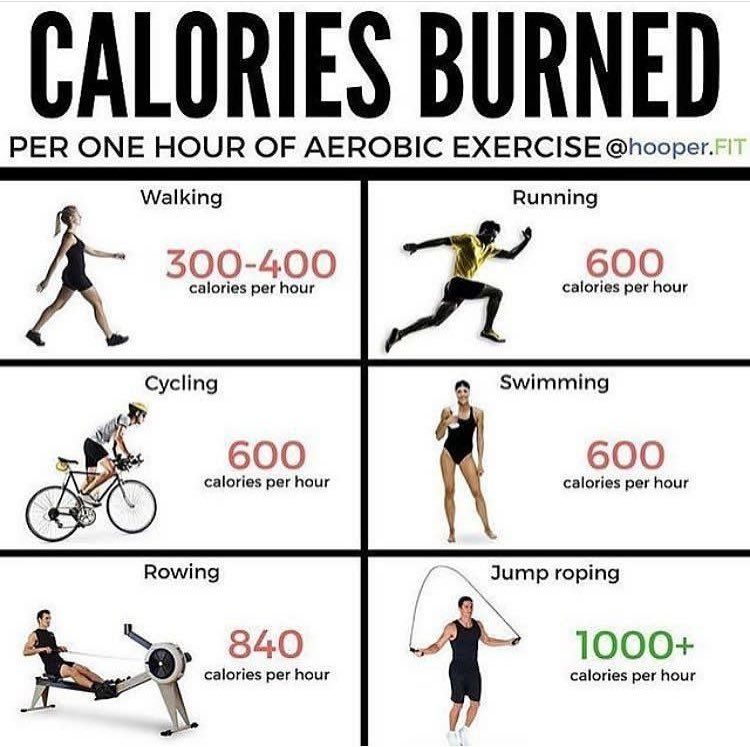 On average, a dancer weighing 50 kg burns about 250 calories per hour of moving to music. With a weight of 75 kg, the body will spend 390 calories, and with a weight of 115 kg - already 580 calories per hour of exercise.
On average, a dancer weighing 50 kg burns about 250 calories per hour of moving to music. With a weight of 75 kg, the body will spend 390 calories, and with a weight of 115 kg - already 580 calories per hour of exercise.
Choosing the right dance genre is very important. Ballet is considered the record holder for calories burned. But ballroom dancing is located on the very last step in the ranking of fat-burning dances. However, first things first.
Calories
Dancing is one of the simplest, most fun and rewarding types of physical activity. in addition to a really high calorie consumption, at the same time you are still positively charged and spend time with pleasure, which is very important when building a body shaping technique and generally healthy weight loss.
Amazingly, the biggest calorie burn is provided by ballet classes: more than 30% more calories in the same time as swimming in a fast crawl. In addition, ballet burns probably the most calories of any type of dance, and more than 3 times!! more than modern dance. It's no wonder that ballerinas and ballerinas are so slender (or maybe they don't take others as astronauts ..:))
It's no wonder that ballerinas and ballerinas are so slender (or maybe they don't take others as astronauts ..:))
Find out: How many calories do you burn swimming? How many calories are burned in crawl swimming or diving?
It is also interesting that ballroom dancing burns calories very little compared to the same disco, normal aerobics and ballet: so a dancer with a body weight of 60 kg consumes 239 kilocalories per hour, while active disco consumes 348 calories at the same time.
To find out how many calories are you spend at the disco, answer yourself the question - how do you like to dance and choose between Disco dances, modern dances and Latin ballrooms.
So how many calories are spent on aerobics, step or disco:
| forms of dance classes and physical exercises | are burned by calories, kcal/hour, with a weight of | ||||
| 90 kg | 9191919 kg60 kg | 50 kg | |||
Do you want to lose weight? Top up on cardio. And then everyone imagines the hell of a treadmill or an endless circle in the stadium near the house. But what if we tell you that you can lose calories, get high on your favorite tracks and pump your body and heart in an unusual format of cardio training? And this is not even about innovative simulators, popular cycling or a banal jump rope. We are talking about dancing!
As part of our editorial experiment, we went to dance training at New York Dance Studio
, armed with special sensors and Suunto smartwatches. The purpose of our experiment was to find out how many calories can be burned during a regular dance workout at the "Beginner" level. The results exceeded all expectations, but more on that later.
For reference:
we understand that the individual calculation of calories burned during training directly depends on the parameters of your body: height, weight, etc.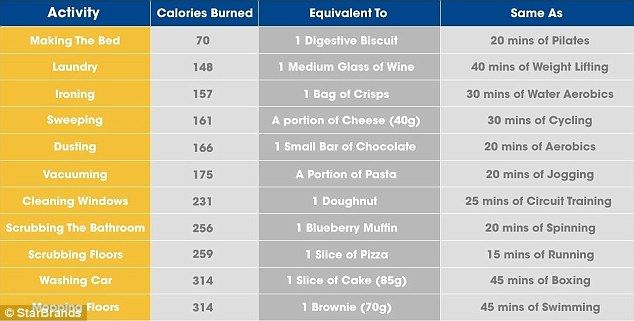 Therefore, all data below is individual and may not be accurate. But these figures can be taken as an average, if you do not plan to feel sorry for yourself and be lazy in training, and the coach expects to squeeze the maximum out of you.
Therefore, all data below is individual and may not be accurate. But these figures can be taken as an average, if you do not plan to feel sorry for yourself and be lazy in training, and the coach expects to squeeze the maximum out of you.
During the experiment, we attended two training sessions in the areas of "Hip Hop" and "House". Compare the data and try to understand what is right for you.
hip-hop: we squeeze the maximum under bit
Duration of class:
1 hour
Level:
beginner
Lecturer:
Michelle Beatz (Mikhail Nikiforov)
9000 9000
9000
9000
Hop is a dance direction that has absorbed African American street philosophy, elements of funk, pop, break and jazz. It originated at the end of the last century as a dance of the inhabitants of poor American neighborhoods. But what came out of it - expression, passion, creativity, freedom and emotions - went far beyond street battles.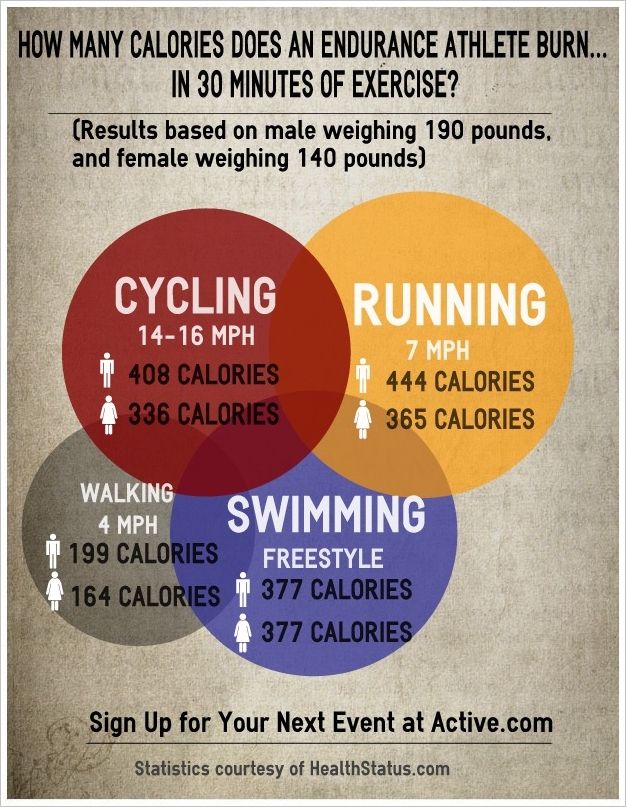
The training itself was quite varied and was divided into blocks: warm-up, study-repetition of individual basic elements that make up the dance, memorization of choreography through the combination of various elements (bundles). It was hot and difficult from the fact that the brain fought with the body. It was important not only to perform the element correctly, but also to remember its place in the combination, to follow the technique and attention ... to relax. Yes, yes, with all this, it was still necessary to relax, trust the music and start enjoying the process. But the results were worth it.
As a result, thanks to my meticulousness (often repeating elements and a little grimace under the beat in front of the mirror), in one training session I walked as many steps as I walk daily from the metro to the house (there are 3517 of them).
Minimum pulse:
89
Maximum pulse (peak):
137 3517
The number of burned calories:
410 Kcal Classes: 903 9000 9000 9000 9000 9000 9000 9000 9000 9000 9000 9000 9 calories
Lesson Duration:
1 hour
Level:
beginner
Lecturer:
Kerry (Karina Muslimova)
Brief certificate:
House - dance from the dance of one Chicago in the early 80s. Interestingly, the name of the style comes from the Warehouse club, where DJs started playing house music. What is in the music is reflected in the dance - it's high speed, rhythm, drive. Wide, energetic movements are performed to short slowing down and then accelerating fragments of house.
Interestingly, the name of the style comes from the Warehouse club, where DJs started playing house music. What is in the music is reflected in the dance - it's high speed, rhythm, drive. Wide, energetic movements are performed to short slowing down and then accelerating fragments of house.
House is legs, legs and more legs. And when the coach says: “Let's connect our hands, swing to the beat and make a turn,” the brain explodes. But the most amazing thing about this is that our body is much smarter than we are, and perceives a lot on some intuitive level. Therefore, after a few repetitions, I began to automatically (bingo) perform a bunch. And honestly, I’ll tell you, this is a real thrill when you just start moving on the same wavelength with the beat and sounds without any extra stress. It's like dancing in a disco, but without improvisation, but with clear preparations. All in all, a definite recommendation from me.
Important:
do not skip the warm-up.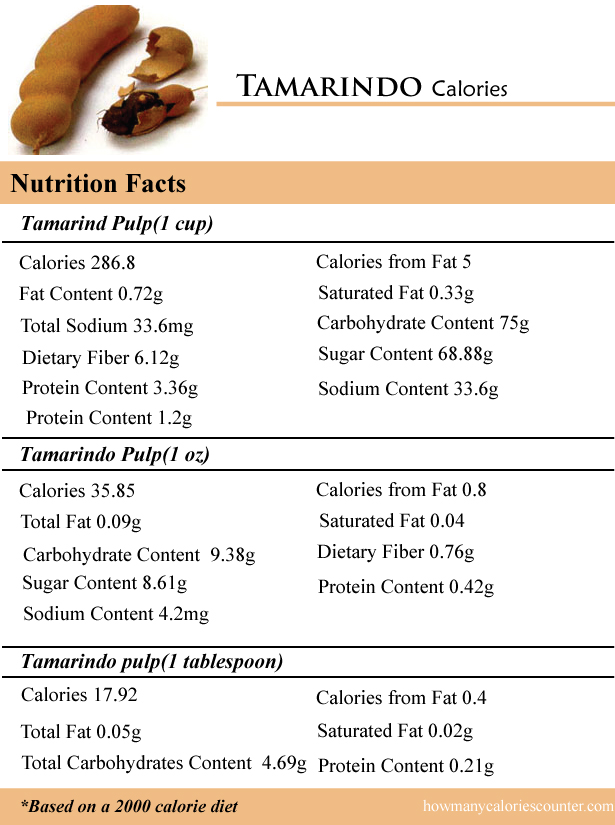 This is necessary in order not to get a ridiculous and unnecessary injury. And in dance, this is a great way to hone the technique of the basic elements that are used in drawing up connections and choreography.
This is necessary in order not to get a ridiculous and unnecessary injury. And in dance, this is a great way to hone the technique of the basic elements that are used in drawing up connections and choreography.
The readings of the gadgets surprised me: by the number of steps taken, the house even interrupted my way from the subway to the subway. For a workout, I found and jumped about 4120. That's how you go to two workouts, and the norm for the day is ready.
Editor's opinion:
The main advantage of dancing is that it is simply impossible to think about something superfluous during training. I thought about the perishability of life or the routine at work - I missed a couple of the coach's recommendations and already got out of rhythm. Therefore, if you want to dance cool, at the master class you will have to turn off your head and join the process. Here is such a budgetary motivation - cheaper than a session of a psychotherapist, you will also burn calories.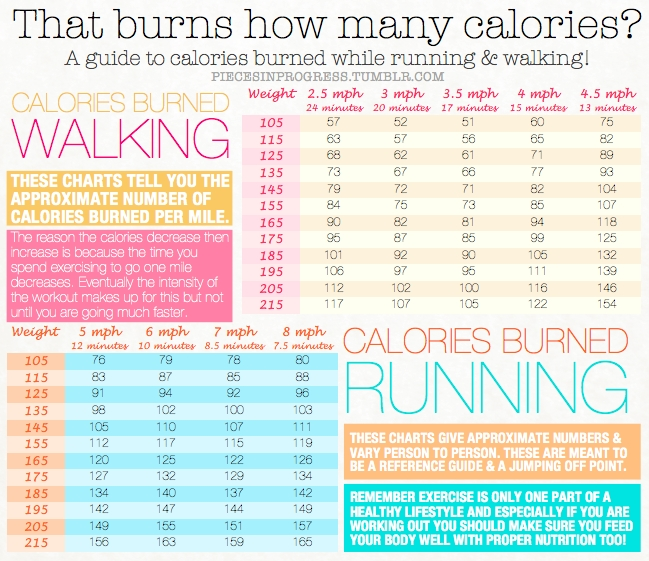
You can learn more about dance directions, schedule and levels.
Any activity that increases your heart rate helps burn calories, which is why dancing is a great way to get rid of excess body fat. The calories burned by dancing can vary greatly depending on which muscle groups are used during the movement of the body. The longer people dance, and even with pleasure, the higher the chances of burning fat and building a muscular corset. This is especially interesting for the category of people who are trying to keep their weight and body volume within the given limits, or are starting to think about it.
There are quite a few styles from which you can choose the one that suits you: belly dance, ballroom styles, swing, ballet, salsa, hip-hop, breakdance, tap, vogue, lambada. These and many others can be found in financial centers, special dance schools on Vernadsky or Lenin Avenue, in Moscow or Chelyabinsk, in a big or small town. If you know how to study on your own, TV or Internet video tutorials will help.
Calories burned
A dance session (about 30 minutes) can burn between 105 and 620 calories. The result is influenced by many factors, such as
The number of calories spent on a dance or class can be increased if:
- Exercise in a good mood, enjoying the dance, freely performing all movements, without constraint and tightness.
- If arm movements are expected, perform them with maximum opening, this will allow more muscles to be involved in the work.
- Take big steps, move more and move up and down as much as the dance steps allow. Try to feel your muscles in your thighs and buttocks.
- Keep your whole body in good shape without forgetting your posture.
- Perform all movements with full force, but comfortably.
And of course, to achieve the result, it is not enough to just dance at a corporate party two or three times a year. Regularity is needed, which implies at least two full-fledged classes per week.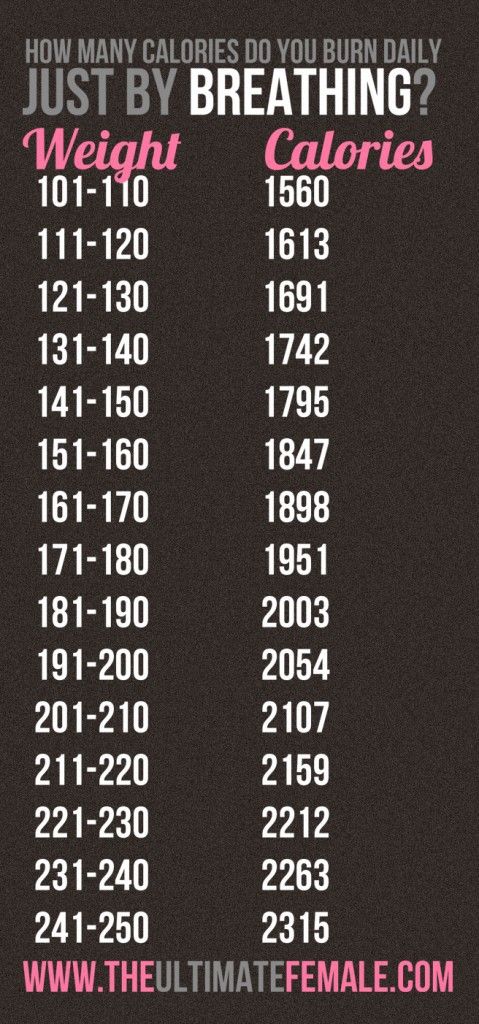
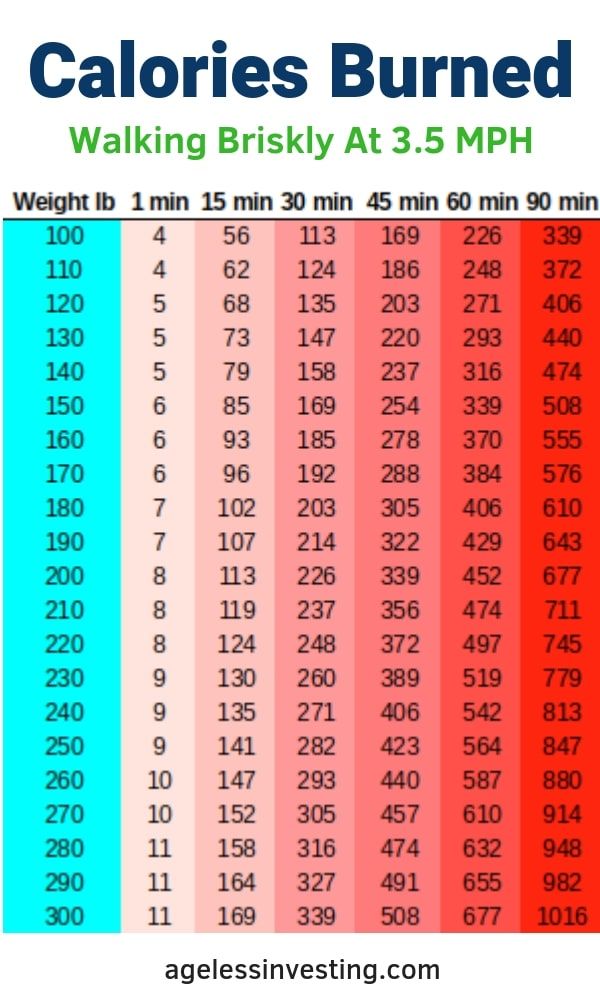 You should also adjust your diet, give up high-calorie fats, and striving to be deposited on your waist. Eat protein foods 2 hours before class: cottage cheese, chicken or turkey fillet, for example. Drink more water during your workout. But you shouldn’t eat for another 2 hours after dancing.
You should also adjust your diet, give up high-calorie fats, and striving to be deposited on your waist. Eat protein foods 2 hours before class: cottage cheese, chicken or turkey fillet, for example. Drink more water during your workout. But you shouldn’t eat for another 2 hours after dancing. 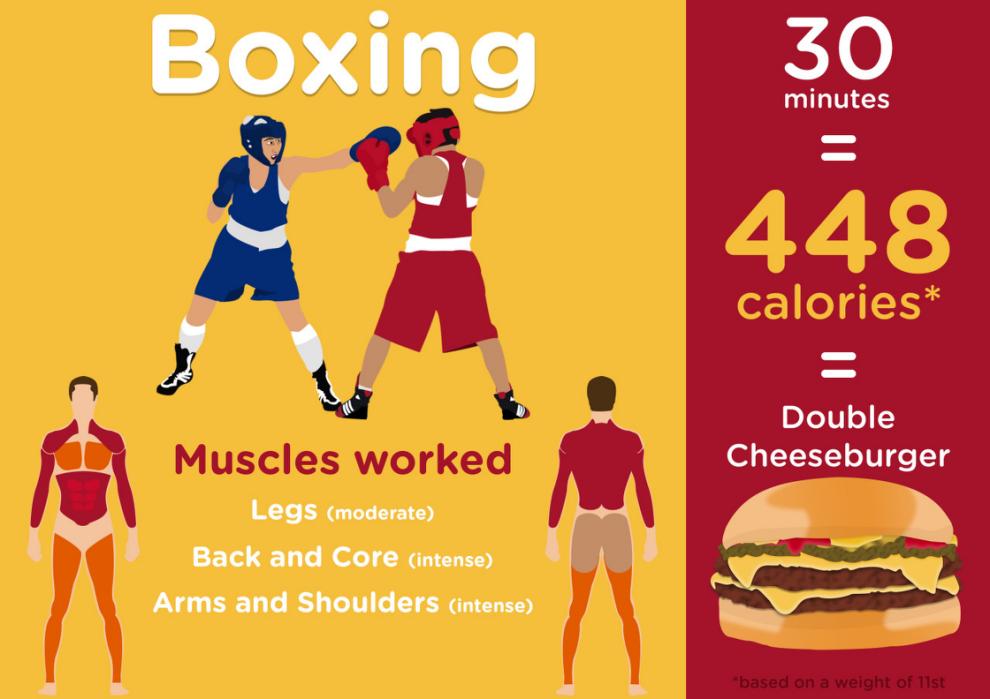 Classes include all types of load: power, aerobic, stretching, elements of acrobatics. Pole dance is not a striptease, as many people think, but only its imitation. The main emphasis here is on the technique of execution, and it is worth noting that it is not easy.
Classes include all types of load: power, aerobic, stretching, elements of acrobatics. Pole dance is not a striptease, as many people think, but only its imitation. The main emphasis here is on the technique of execution, and it is worth noting that it is not easy. 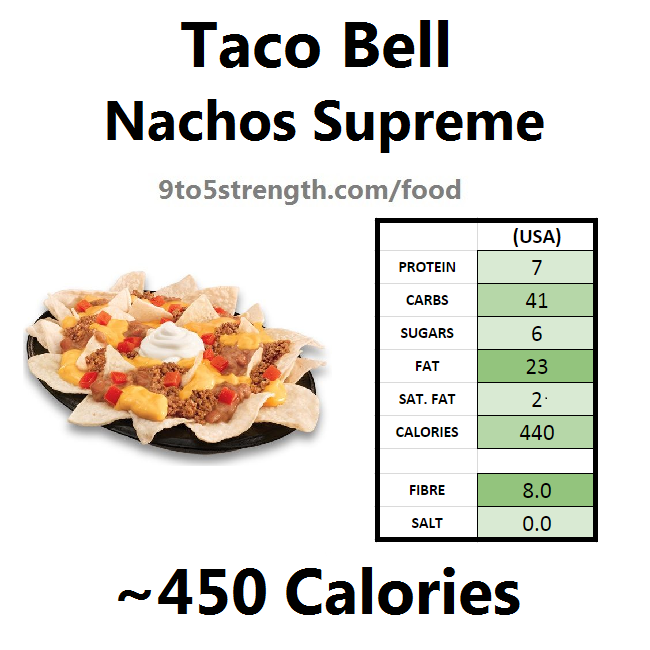 This is the perfect dance for those who want to really pump up their legs. Relief, tightened, slender hips, calves, buttocks - this is the main result of Irish step classes. In addition, this type of dance helps to pump up the press, correct posture, develop the respiratory system and strengthen the heart muscle. The dance is very rhythmic, which means that at each workout you will have to sweat a lot, but, as you know, not only harmful substances, but also extra pounds go away with sweat.
This is the perfect dance for those who want to really pump up their legs. Relief, tightened, slender hips, calves, buttocks - this is the main result of Irish step classes. In addition, this type of dance helps to pump up the press, correct posture, develop the respiratory system and strengthen the heart muscle. The dance is very rhythmic, which means that at each workout you will have to sweat a lot, but, as you know, not only harmful substances, but also extra pounds go away with sweat. 
 It will be difficult for a beginner to join a group if it is not for absolute beginners. The music used is modern, often romantic hits.
It will be difficult for a beginner to join a group if it is not for absolute beginners. The music used is modern, often romantic hits. 